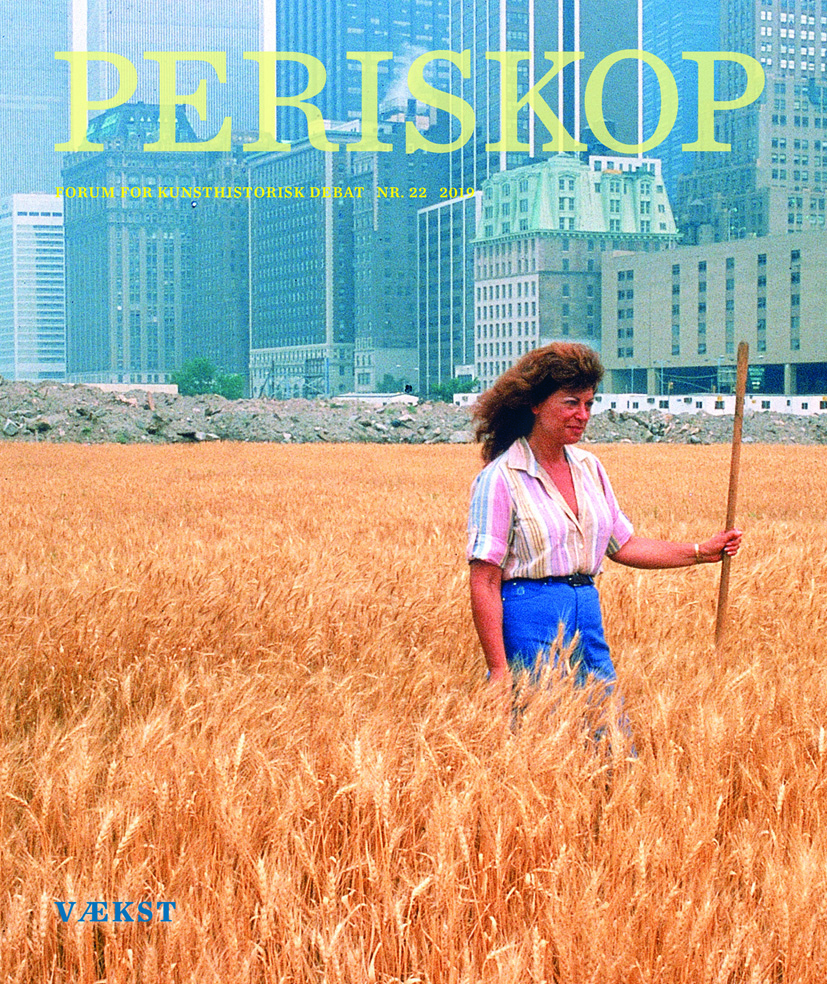Freak Chic. Ekstrem muskelakkumulation som æstetisk ideal inden for professionel bodybuilding
DOI:
https://doi.org/10.7146/periskop.v2019i22.121153Resumé
The article explores professional male bodybuilding as historically characterised by bodies’ continuous growth. Until a few decades ago, bodybuilders were associated with a more widely accepted ideal of muscular masculinity, a conception of male beauty that recalls J. J. Winckelmann’s aesthetic ideal of proportion and harmony. Such association has become unimaginable in recent decades. Since at least the 1990s, professional bodybuilders have strived for a “Post-Classic ideal”, built their bodies to resemble a “shredded mass” of muscle, and sometimes self-identified as “freaks” or “monsters”. In the article, I contextualise this rejection of mainstream beauty in contemporary bodybuilding with the increasing normalisation of fitness culture since the 1970s. As “going to the gym” became a mainstream activity, bodybuilding differentiated itself by developing significantly larger bodies and became an increasingly subcultural activity. I suggest two parameters as central in this development: a synthetic ideal and an aesthetics of accumulation. The dynamic aesthetics of competitive muscle accumulation recalls a capitalist logic of ‘more is more’ and apparently over-emphasises gender normativity. Yet, I aim to show in the article that in their hyperbolic performances for purely aesthetic purposes, contemporary male bodybuilders simultaneously undermine these very ideals.
Downloads
Publiceret
Citation/Eksport
Nummer
Sektion
Licens
Forfattere, der publicerer deres værker via dette tidsskrift, accepterer følgende vilkår:
- Forfattere bevarer deres ophavsret og giver tidsskriftet ret til første publicering, samtidigt med at værket 12 måneder efter publiceringen er omfattet af en Creative Commons Attribution-licens, der giver andre ret til at dele værket med en anerkendelse af værkets forfatter og første publicering i nærværende tidsskrift.
- Forfattere kan indgå flere separate kontraktlige aftaler om ikke-eksklusiv distribution af tidsskriftets publicerede version af værket (f.eks. sende det til et institutionslager eller udgive det i en bog), med en anerkendelse af værkets første publicering i nærværende tidsskrift.
- Forfattere har ret til og opfordres til at publicere deres værker online (f.eks. i institutionslagre eller på deres websted) forud for og under manuskriptprocessen, da dette kan føre til produktive udvekslinger, samt tidligere og større citater fra publicerede værker (se The Effect of Open Access).


